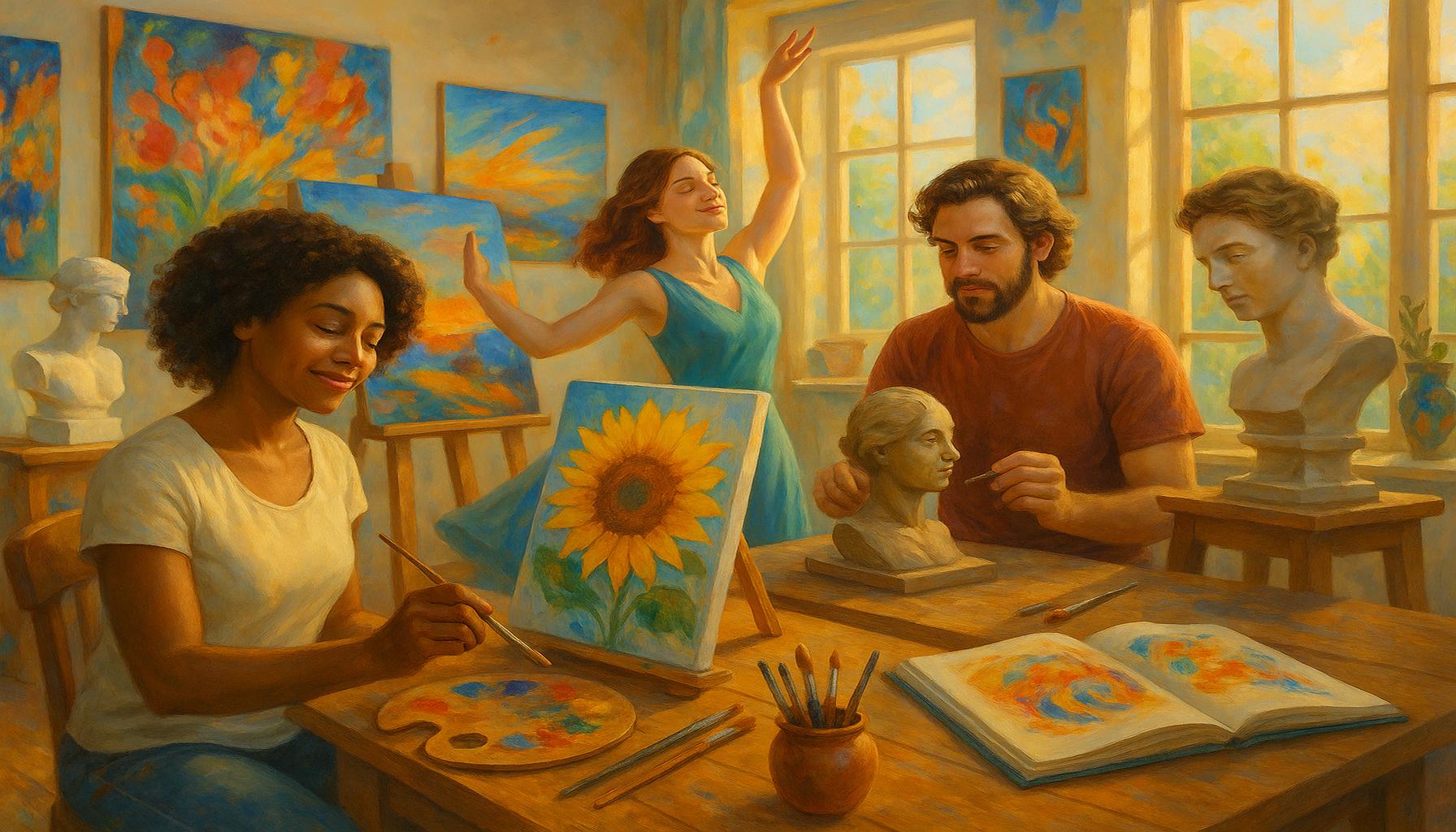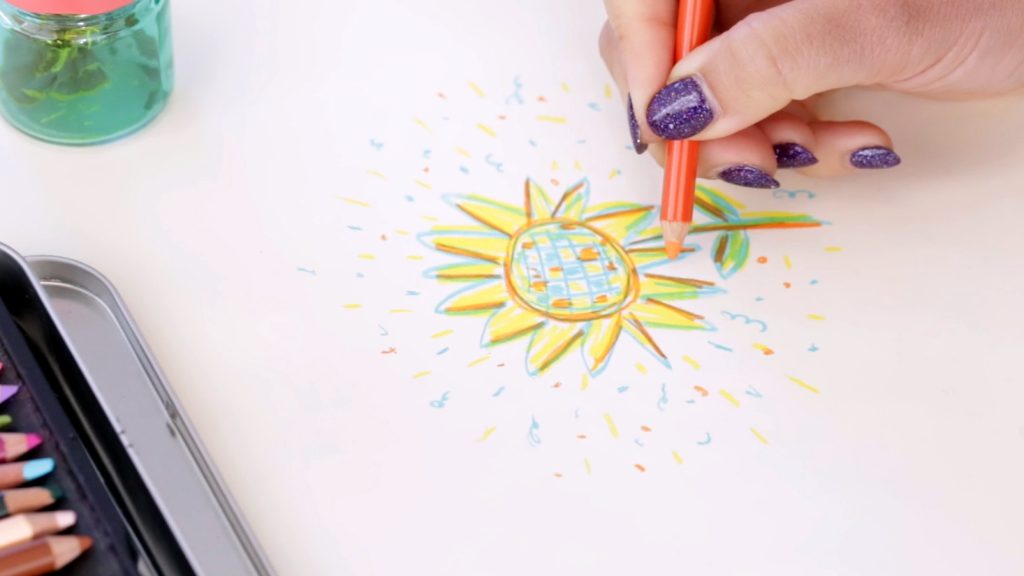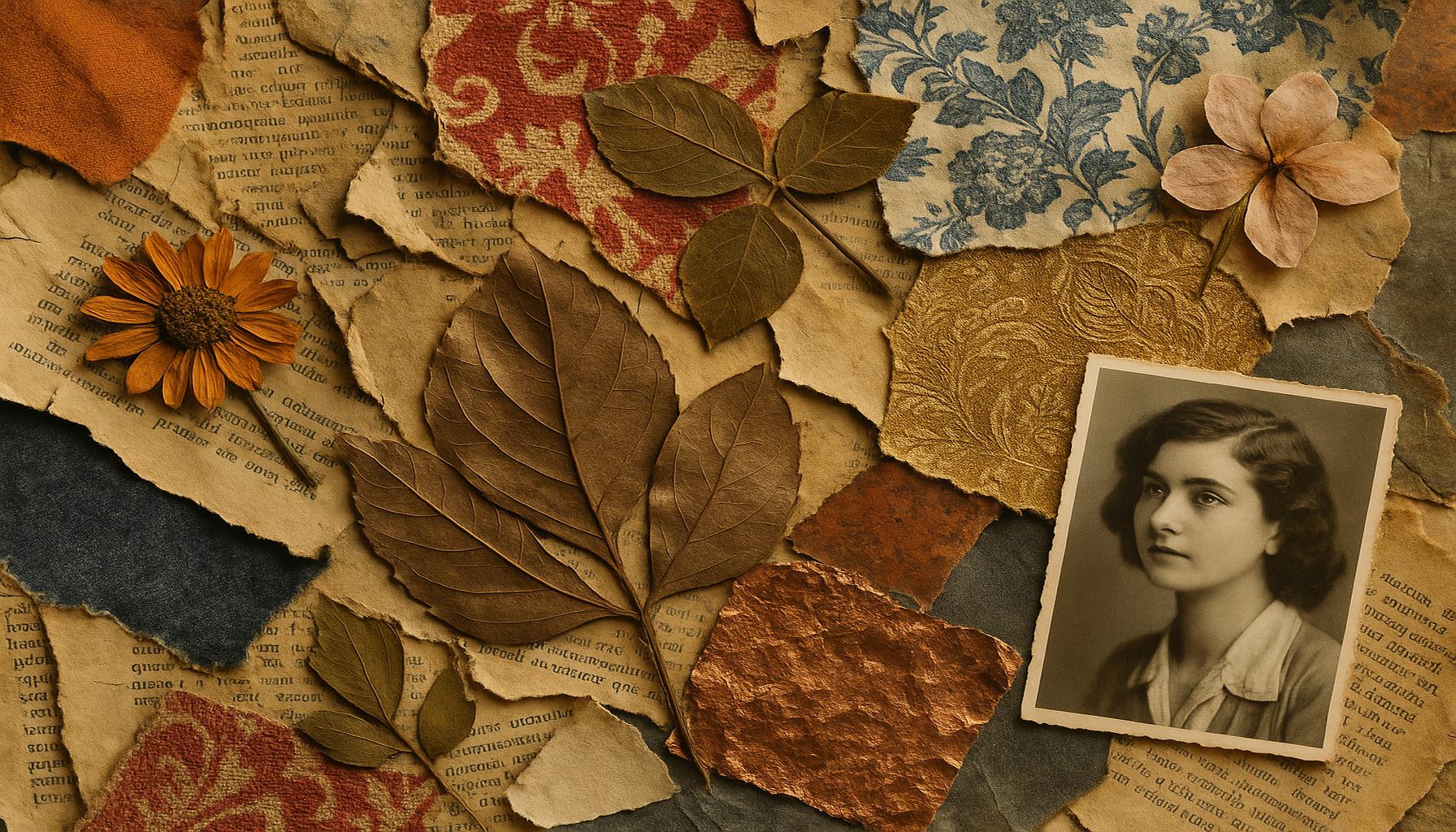The Influence of Art on Mental Health: How Creation Can Transform Lives

The Impact of Art on Mental Health
Art serves as a powerful conduit through which individuals can express emotions and connect with others, leading to profound benefits for mental health. The therapeutic nature of creating art has garnered increased attention in recent years, as research highlights its multifaceted impact on emotional well-being. Engaging in creative activities fosters a safe space for individuals to explore their feelings and experiences, which can provide clarity and healing.
Emotional Expression
Art allows individuals to express feelings that are often difficult to communicate verbally. For many, articulating feelings such as sadness, anger, or anxiety can be a daunting task. Art provides an alternative avenue for expression, whether it be through painting, drawing, or sculpture. For instance, individuals suffering from grief may create poignant pieces that reflect their loss, facilitating a form of catharsis that verbal communication may not achieve. The non-verbal nature of art can powerfully depict emotions, often resonating more effectively than words alone.
Stress Relief
Engaging in creative activities can lower stress levels and promote relaxation. The focus required during the act of creation allows individuals to momentarily escape the pressures of everyday life. Activities such as coloring, pottery, or playing a musical instrument allow the mind to shift focus from stressors, encouraging mindfulness. An example of this can be seen in the rise of adult coloring books, which are marketed as tools for relaxation and meditation, tapping into the potential of simple artistic engagement to reduce anxiety.
Building Community
Participating in art programs fosters social connections, combating isolation. In community centers across the United States, art classes and workshops bring people together, contributing to a sense of belonging. These initiatives often welcome individuals from diverse backgrounds, promoting understanding and empathy. Programs like “Art for Healing” have seen success in various communities, where residents can share their art and stories, creating a supportive network that extends beyond the gallery walls.
Research and Recognition
Recent studies underscore the association between artistic engagement and improved mental health outcomes. Art therapy is increasingly recognized as an effective treatment for anxiety and depression. Certified art therapists employ creative methods to help clients process emotions and explore their experiences, emphasizing the therapeutic benefits of art. Furthermore, many individuals report a sense of accomplishment and self-discovery through creative pursuits, which contributes to overall self-esteem and personal growth.

Accessibility and Integration
One of the notable advantages of artistic activities is their accessibility. Activities such as painting, music, or dance can be easily integrated into daily life, making them widely available tools for healing. Community art programs and online resources have expanded access to artistic engagement, allowing individuals to tap into their creativity whenever they need an emotional release. Whether a person decides to paint at home or join a community choir, these activities can significantly enhance their quality of life.
In the United States, initiatives linking art and mental health are on the rise. Communities are increasingly looking for innovative solutions to psychological challenges, with the arts emerging not just as a form of entertainment but as a critical component of holistic well-being. As the conversation around mental health continues to evolve, the transformative power of art stands out as a promising avenue for support, healing, and connection. With ongoing advocacy and awareness, the future of art in mental health care looks promising, opening doors to creative healing that many may discover for themselves.
DISCOVER MORE: Click here to dive deeper
The Healing Power of Creativity
Art plays an essential role in mental health by providing a unique outlet for personal exploration and emotional resilience. The act of creating can be a deeply personal journey, one that fosters self-awareness and emotional intelligence. Numerous studies indicate that engaging with art stimulates the brain and can lead to lasting changes in mood and perspective. For example, researchers found that activities involving creativity, such as painting or writing, release neurotransmitters like dopamine, which are instrumental in enhancing feelings of happiness and motivation.
Cognitive Benefits
Through art, individuals can improve cognitive function and problem-solving skills. The creative process involves critical thinking, planning, and decision-making—skills that are transferable to daily life. Engaging with art can also lead to better memory retention and a boost in overall cognitive flexibility. A 2021 study by the National Endowment for the Arts highlighted that older adults who participated in art-related activities demonstrated an impressive reduction in cognitive decline compared to those who did not. This suggests that the influence of art on mental health is not confined to emotional benefits alone but can also enhance brain function.
Empowerment Through Creation
The transformative experience of creating art can empower individuals, fostering a sense of control over their lives. This empowerment can be particularly significant for individuals facing mental health challenges such as anxiety, depression, or PTSD. By creating art, individuals can externalize their internal struggles, turning feelings of helplessness into a form of self-expression and agency. The process of molding clay, for instance, can symbolize reshaping one’s narrative, encouraging a proactive approach to healing.
Art Forms and Their Unique Influences
Different art forms can yield distinct therapeutic benefits. Some of the most impactful forms include:
- Visual Arts: Painting, drawing, and sculpture enable individuals to visualize their emotions and encourage the exploration of identity.
- Music: Listening to or creating music can help reduce anxiety and instill feelings of joy, with research indicating that music therapy effectively alleviates depressive symptoms.
- Dance: Incorporating movement into art can foster physical expression, relieving stress and encouraging body positivity.
- Theater: Dramatic arts allow for role exploration, providing a lens through which one can process personal stories and experiences.
Each art form contributes uniquely to the mental health landscape, catering to different preferences and emotional needs. Empowering individuals through these creative avenues can lead to a ripple effect of positivity, enhancing personal introspection and community interconnectedness.
Barriers to Artistic Engagement
Despite the known benefits, barriers to artistic engagement can limit access and opportunities for many individuals. Factors such as lack of resources, time constraints, or perceived lack of skill often deter individuals from exploring their creative potential. It is essential for organizations and mental health advocates to work towards creating more accessible and inclusive art programs. Community outreach and funding initiatives can help lower these barriers, ensuring that the therapeutic influence of art reaches those who need it most.
As we navigate the ongoing discourse surrounding mental health Solutions, the significance of art as a transformative tool continues to grow. With greater awareness and accessibility, more individuals can unlock the profound healing benefits that artistic creation has to offer.
| Category | Details |
|---|---|
| Therapeutic Benefits | Art creation serves as a form of therapy, helping individuals express emotions and experiences that might be difficult to verbalize. |
| Enhanced Well-being | Engaging in creative activities promotes positive mental health by reducing stress, anxiety, and depression through self-expression. |
Art’s profound impact on mental health can often be overlooked. Engaging in creative activities, such as painting, writing, or music, allows individuals to channel their emotions in a constructive manner. This process can yield remarkable therapeutic benefits. In fact, various studies have suggested that art therapy reduces symptoms of anxiety and depression by facilitating emotional processing. Moreover, the act of creating art can foster an enhanced sense of well-being, serving as an outlet for stress relief.Individuals can benefit significantly from artistic expression, ultimately leading to improved social functioning and self-esteem. The act of creation promotes a sense of accomplishment and purpose, critical for enhancing overall mental wellness. As more people discover the transformative power of art, it is important to recognize its potential as a valuable tool for healing in mental health practices.
DISCOVER MORE: Click here to delve into sustainable crafts
Art as a Bridge to Connection
Art also serves as a powerful means of social connection, which is crucial for mental well-being. In an increasingly digital world where isolation can be prevalent, engaging in communal art projects or workshops presents opportunities for individuals to connect with others who share similar interests or experiences. Collaborative art initiatives not only foster creativity but also build community bonds that can transform feelings of loneliness into a shared journey of healing.
Art Therapy and Structured Healing
One of the most effective ways to harness the therapeutic potential of art is through structured art therapy programs. Certified art therapists utilize creative processes to help individuals confront emotional and psychological challenges in a safe environment. Research indicates that participants in art therapy often show noticeable improvements in emotional expression and a reduction of symptoms related to anxiety and depression. A meta-analysis published in the Journal of Affective Disorders found that art therapy is especially effective in helping individuals process trauma, especially within marginalized communities, who may face additional barriers in accessing mental health care.
Case Studies: Real-Life Transformations
Real-life case studies illuminate the profound impact art can have on mental health. For instance, a program in San Francisco called “Street Art for Mankind,” which offers at-risk youth the opportunity to create murals, not only beautifies neglected neighborhoods but also empowers young people by providing them with valuable skills and a sense of purpose. Participants reported increased self-esteem and a newfound sense of identity. Similarly, veterans in arts-based initiatives have described how creative expression through painting and writing helped them process experiences of war in a constructive way, leading to overall improvements in mental health and everyday functioning.
The Role of Technology in Art Creation
Advancements in technology also play a crucial role in expanding the accessibility of artistic expression. Digital art platforms, graphic design software, and social media have revolutionized how individuals engage with art, facilitating connection and sharing within various communities. Virtual workshops and online exhibits enable individuals who may otherwise feel isolated to participate in artistic endeavors from the comfort of their homes. This increased access can significantly impact those battling mental health issues, making the process of discovery and expression more approachable. Notably, the mobile application “Calm” integrates art into its mindfulness practices, suggesting that even the digital realm can contribute to emotional healing.
Incorporating Art into Everyday Life
Integrating art into daily routines can enhance overall mental well-being even further. Simple acts like journaling, doodling during meetings, or taking photographs can serve as daily practices that foster mindfulness and provide an emotional outlet. A study from Harvard University illustrated that individuals who engaged in creative hobbies experienced lower levels of stress and improved life satisfaction. By encouraging daily creativity, people can build resilience and better cope with the demands of life.
In an era where mental health challenges are becoming increasingly prevalent, understanding the multifaceted influence of art on mental health can lead to innovative strategies for personal recovery and community engagement. Recognizing that creativity is not limited to professional artists also empowers individuals to embrace their unique forms of expression, creating a broader cultural shift towards mental wellness through art. The narratives of self-discovery, connection, and healing continue to unfold, highlighting the critical role of art in transforming lives.
DIVE DEEPER: Click here to uncover the magic of storytelling
Conclusion: The Transformative Power of Art in Mental Health
The intersection of art and mental health presents a fascinating landscape rich with potential for personal transformation and societal healing. As we have explored throughout this article, the act of creation—whether through painting, writing, or digital mediums—can foster emotional expression, facilitate social connection, and provide structured therapeutic benefits. The stories of individuals reclaiming their lives through artistic engagement underscore the profound impact that creativity can have in mitigating feelings of isolation, anxiety, and depression.
Moreover, the advancements in technology have opened new avenues, making art more accessible and inclusive for diverse populations across the United States. Digital platforms allow individuals to share their stories and connect with others, proving that the therapeutic benefits of art transcend traditional boundaries. In an age where mental health issues are rising, engaging with art can serve as a critical outlet for emotional release and personal development.
As we move forward, it is essential to encourage the incorporation of artistic practices into daily routines, thereby cultivating a culture that champions mental wellness through creativity. By fostering environments where individuals feel empowered to explore their artistic selves, we can create communities that are resilient and empathetic.
Ultimately, embracing art as a cornerstone of mental health strategies not only honors the individual journey of self-discovery but also strengthens the fabric of our communities. We invite you to delve deeper into this subject, exploring further resources, local art initiatives, and programs focused on integrating art into mental health care. Together, let’s acknowledge and celebrate the transformative power of art in nurturing minds and shaping lives.



